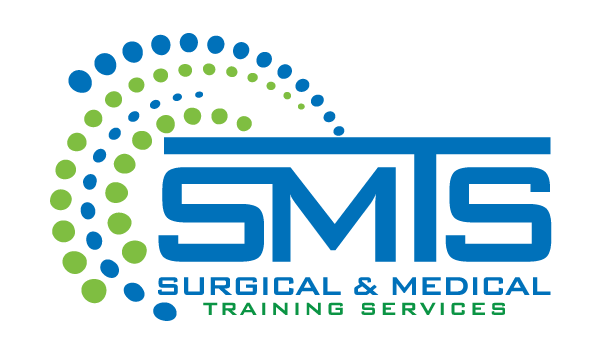At our facilities, we use top-notch protective equipment. While you may or may not be training on a human specimen, it’s important to simulate your working environment.
There are a number of different protective equipment pieces that are essential to performing any medical procedure. Below is a list of the most basic items and when they should be worn:
Masks – A sufficient mask spans from the bridge of the nose to under the chin. It protects both the patient from any particles originating in the surgeon’s mouth and nose, as well as the surgeon from spatter from the patient. The patient is extremely exposed during surgery. Largely for their protection, a mask is one of the most crucial pieces of protective equipment. Masks should not be reused, as the collected debris could be harmful to future patients.
Goggles – Protective eyewear serves a similar purpose as a mask. However, goggles mostly protect the surgeon from blood, mucus, and other bodily fluids. The eyes are highly susceptible to absorbing toxins into the body. Make sure that they’re properly covered.
Gloves – A surgeon’s hands are his/her best tools. Keep them safe from potentially harmful bodily fluids by wearing gloves. The hands also carry quite a bit of bacteria and are often the first point of contact with other surfaces. Gloves will keep patients clean while they’re exposed during surgery.
Apparel – Some sort of protective smock can keep the remainder of a surgeon’s body clean of blood, mucus, and other bodily fluids during surgery. Make sure that the sleeves overlap the gloves for full coverage.
The overall cleanliness of the operating room is largely based on the surgeons, assistants, and equipment that enter the space. Clean protective equipment is essential. Each piece of equipment either needs to be fresh or completely sterilized, depending on the apparel.
Hand washing is also an important part of personal protection. Even if a surgeon wears fresh gloves for every surgery, there’s still a chance that a glove will puncture and expose the surgeon’s hands to the patient.
We look forward to the chance to help you and your staff practice proper surgical procedures.

